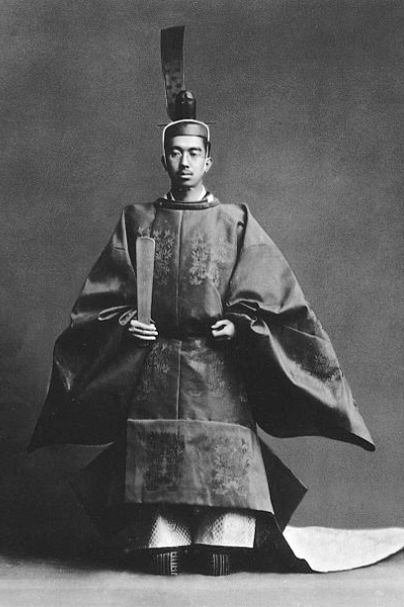
Wikimedia Commons
After being defeated in WWII, Japan was occupied by American troops until 1950. The commander-in-chief of the occupation troops general Mc Arthur supported the approval of a new constitution that limited Japanese army and explicitly renounced war.
Afterwards, in the context of the Cold War, the USA assumed the defence of the Japanese territory in order to prevent the expansion of communism in Asia. The Americans supported also the economic recovery through massive financial aid, investments and the elimination of restrictions to Japanese exports.

Wikimedia Commons
Thus, Japan started a process of economic growth that transformed an economy in ruins into one of the world leading industrial powers. This process was favoured by political stability, provided by the hegemony of the conservative party (Liberal-Democratic party or LDP). In spite of the existence of formal democratic and parliamentary institutions, the LDP remained unchallenged in government until 1993.
At the beginning, the "Japanese miracle" was based on the promotion of exports of cheap products, due to the comparative advantage of general low wages. But since the '60s the Japanese economy focused on high technology products. The reason of its economic success lies on the combination of several factors: first, State intervention in support of industrial initiatives. Second, the creation of large multinational companies (Sony, Toyota) able to make the necessary investments and to renew production. Third, the interest on education and the availability of a highly skilled labour market.
The Japanese economic model was highly successful. Its Gross Domestic Product is one of the highest of the world; nowadays it is difficult to ignore the presence of all kind of Japanese products, ranging from cars to electronic devices. Nevertheless, since the '90s Japan has gradually entered into a long period of economic stagnation. The reasons are related to the problems created by high prices, increasing salaries, and a weak domestic consumption. The old model is no longer valid, because these domestic problems have affected the export-oriented industrial production. On the political side, the LDP lost the parliamentary elections in 1993, mainly because of a series of corruption scandals. This fact consequently introduced an additional element for the paralysis of the country.
The Japanese economic model was followed by the so-called "Asian tigers" or "dragons", South Korea, Hong Kong, Taiwan and Singapore. In South Korea the dictator general Park reorganized the economy with the support of the USA and Japan. South Korea became an important industrial power based on global corporations (Hyundai, Daewoo, Samsung) and a comparative cheap labour force, which favoured massive exports. Democracy came after popular opposition to dictatorship in 1989.
After being defeated by Communist forces, the nationalists of Chiang Kai Shek founded a new State in Taiwan, a former Japanese territory. The alliance with the USA provided Taiwan with the financial and political support needed for a rapid economic development based on industry and trade. Nevertheless, the government remained for more than thirty years in the hands of Chiang Kai Shek and his successors, although a democratization process started in the 80s. The main question is the reunification with mainland China. Beijing considers Taiwan as a Chinese province, although the majority of the Taiwanese do not accept a Communist rule. Moreover, the USA keeps providing military and diplomatic assistance to Taipei.
On the contrary, Chinese authorities reached an agreement with the United Kingdom on Hong Kong, a British colony. In 1997 Hong Kong returned to China, but for 50 years the territory enjoys political autonomy and a capitalist system. Both Hong Kong and Singapore are the financial centres of South East Asia.
